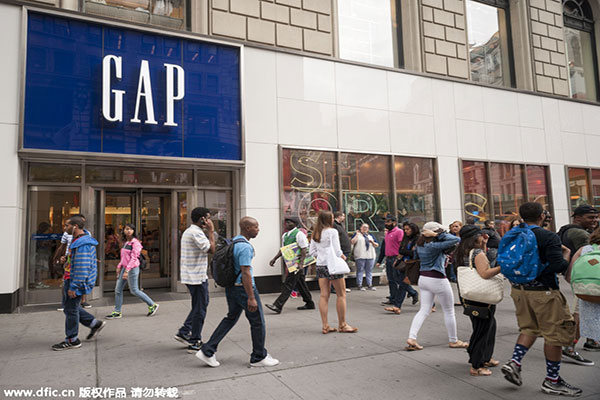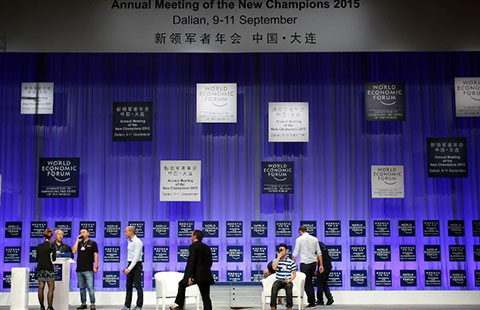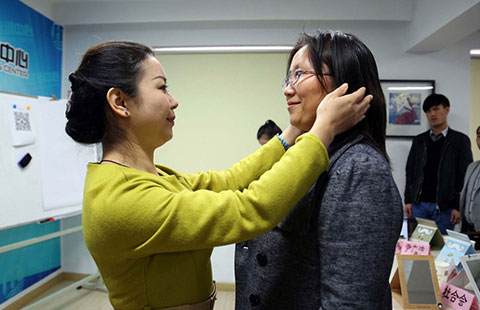Fast fashion labels ride e-commerce boom
By MATT HODGES (China Daily) Updated: 2015-07-06 09:35
|
 |
|
With more than 100 stores in China, Gap has laid a solid foundation for its sister brand, Old Navy, to build on.[Photo/IC] |
In February, one month before its first-year anniversary in China, Old Navy served as a sponsor of China's annual New Year's Eve gala.
This was a huge entertainment event that Chinese families watched together during the vacation period. Gap, its trendier sister brand, was also a sponsor.
"It was a promotion where Old Navy gets mentioned and you shake your phone and marketing and campaign messages appear," said Mike Barnes, Old Navy's general manager for greater China.
"Just in that one night-one shake-we got over 800, 000 shakes of people on WeChat. That's a staggering number when you think that we only have eight stores here."
At the time, it only had seven. It is targeting up to 15 by Christmas.
Western apparel and fast fashion brands have been flooding the Chinese market in the last few years. Many, like Zara, H&M and Gap, have succeeded.
Some, like Britain's Marks & Spencer, have erred. A fair chunk accelerated their migration to online sales in the second half of 2014.
Consulting firms like A.T. Kearney predict that China's apparel sector could grow by 15 percent a year until 2020-spurring a feeding frenzy from foreign brands.
"China today is the second-largest apparel market in the world. In five to 10 years it is believed that China will be bigger than the United States," Barnes said. "That's just a ton of opportunity, and that is why you see all the global competitors coming here."
Another "Super Cash" campaign, where customers earned "Old Navy money" that they could either share with friends via social media or redeem off future purchases, was so successful it may even be transferred to the United States.
"Sharing with friends-that is something we have never been able to do in the US," Barnes said. "It is an example of where China is leading the way."
Art Peck, the new CEO of Gap Inc, which also owns Banana Republic, Athleta and Intermix, discussed the shift from bricks and mortar to online and mobile under the term "Retail 3.0" in an interview with Fast Company.
Picking up on this thread, Barnes said: "In markets where you have a store presence, you have a stronger online business. Is there showrooming going on? Sure. Right now we see a need for both to exist. But it is rapidly changing."
Gap reported global online sales of $2.50 billion for 2014, up from $2.26 billion a year earlier.
- 2015 China International Fair for Investment and Trade kicks off in Xiamen
- China's commodity imports robust in Jan-Aug period
- China stocks rebound 2.92%
- 2015 China box office already past 2014 total
- China foreign trade decline widens in August
- Interview: JP Morgan's senior executive bullish on China
- Innovation, development the focus for NZ mayors
- Lives of freelancers

















